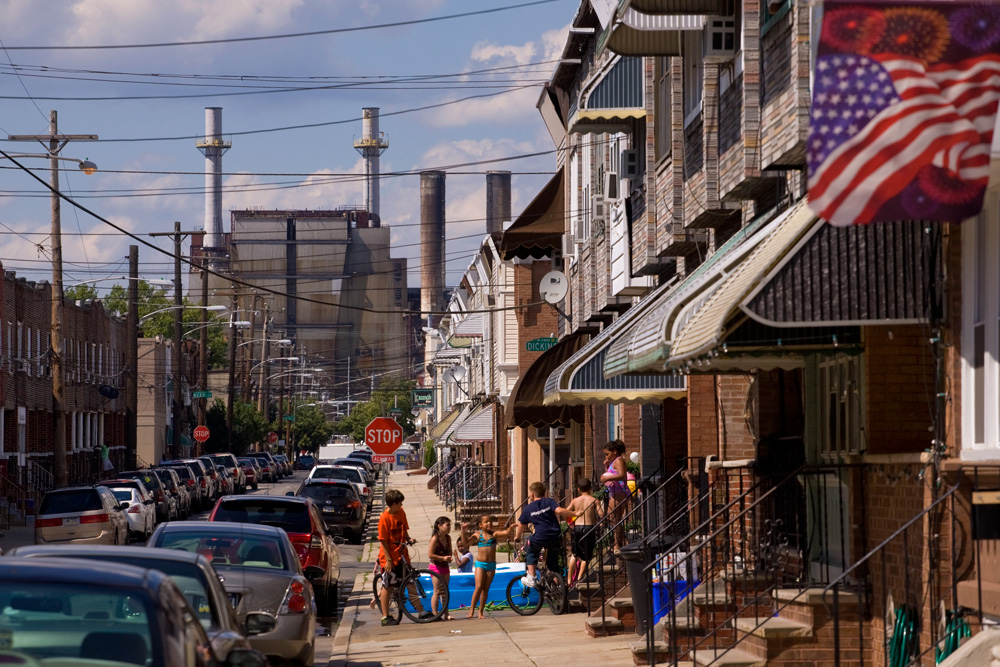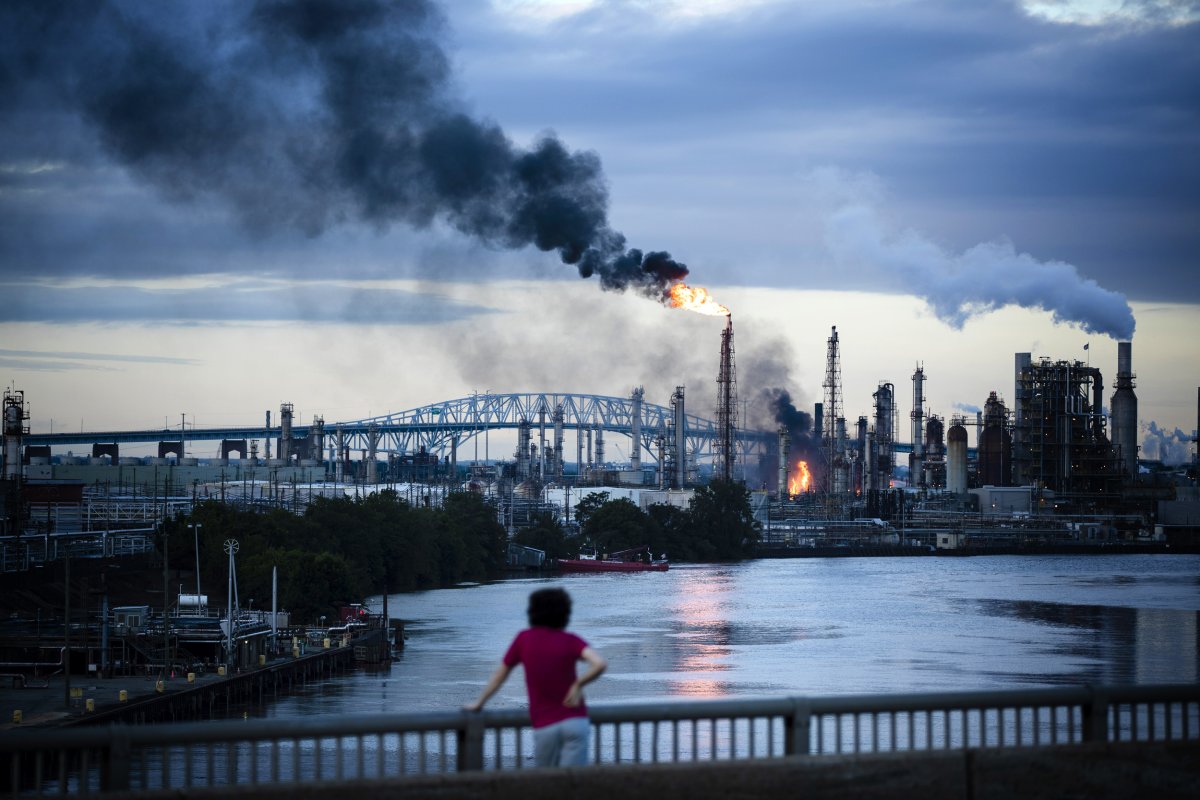"Killing Us Slowly": Environmental Justice and Grass-Roots Efforts to Achieve It

Grays Ferry, PA - The Philidelphia Citizen

Flames and smoke rise after a series of explosions at the Philadelphia Energy Solutions Refining Complex on June 21, 2019. Matt Rourke / AP file

The Navajo Generating Station in Page, Arizona CREDIT MICHAEL FRIBERG, SPECIAL TO PROPUBLICA

Inglewood oil field LAcounty.gov



Add new comment